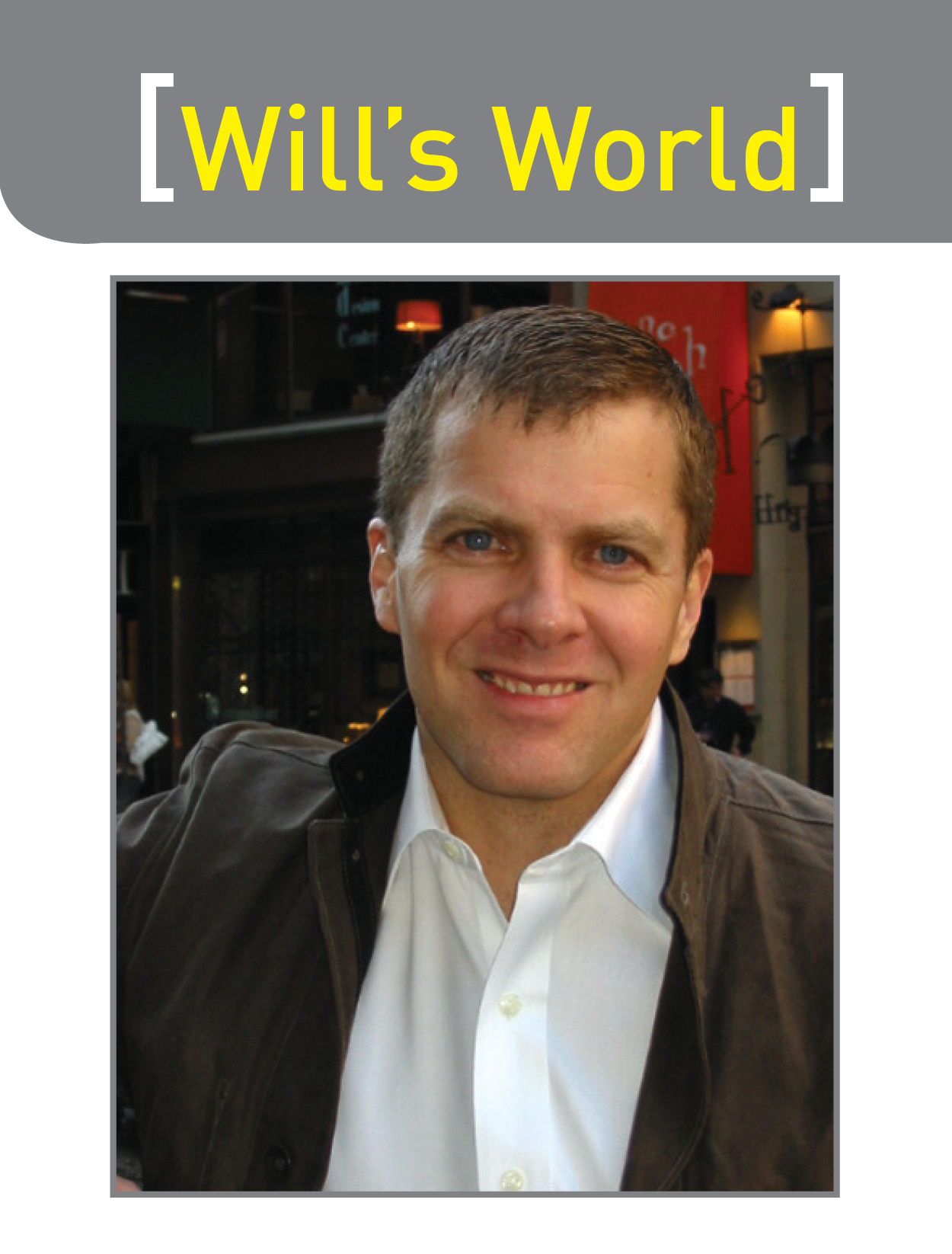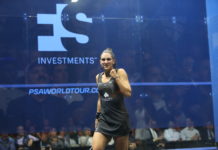By Will Carlin
The target for competitive shooters is incredibly small. The fifty meter rifle target has a diameter roughly equal to the length of a dollar bill. The 10-point bull’s-eye is 10.4mm wide (a dime, by contrast, has a diameter of 17.9mm). It’s tiny.
Match scores are the cumulative scores of a certain number of shots. In the early 1970’s, a kneeling position match was forty shots, so match scores were out of a perfect score of 400 (or forty consecutive perfect 10-point bull’s-eyes).
Lanny Bassham was one of the best shooters in the United States at that time, and he had been shooting well for months. In fact, he was approaching the national record for the fifty meter kneeling position: 396/400.
Lanny wanted to break it.
As long as he was going for it, he thought he might as well try to set the record at 400, a perfect score. There was only one problem: he had never actually fired a 400, not even in practice.
Lanny was a big believer in mental rehearsal in addition to actual range practice: “It’s great. First, you are mentally duplicating everything you do when you are on the range— without going there. You don’t have to buy bullets, targets, or wear out your equipment. You don’t have to clean up the range or clean your rifle when you finish. And it’s cheap! It costs absolutely nothing!…[It’s] a bargain, and done correctly, it’s powerfully effective.”
In addition to his regular practice, he began to vividly rehearse shooting the first 100, then another, then another. Then he got to the last 100.
“I visualized the last ten shots,” he wrote in his book With Winning in Mind. “Ten. Ten. Ten. Ten. Ten. Only five more to go. Ten. Ten. Ten.”
At that point, he knew what would happen: he would realize that he was above the record; that this realization would impact him; and if he weren’t pre- pared for it, he would find it hard to focus on his carefully constructed shot routine.
“I rehearsed hearing a voice say, ‘That’s OK, I do this all the time.’ Then I imagined shooting two more tens easily and saying to myself, ‘Another 400, that’s like me!”
When I was a college squash player, I started to play with visualization. As I worked on it, I found myself struggling with one particular question: should I be imagining myself as if I were looking through my own eyes (where I can see my arms and hands, for example, but not my head or face) or should I be imagining myself as though I were outside my body and watching myself execute the full shot?
I started a major research initiative to find all I could about mental rehearsal. There was some cool stuff out there. The most famous study at the time was a study done at UCLA that tested basketball free throw ability. There was a control group that shot free throws on the first day of the study and the last but nothing in between. Then there were three other groups. One group practiced shooting actual free throws for thirty minutes each day, another practiced free throws only through mental rehearsal for thirty minutes each day and a third practiced physical free throws for fifteen minutes and mental rehearsal for another fifteen minutes.
All three groups showed significant improvement over the month, with physical practice beating out mental rehearsal by a few percentage points, but with the combined physical and mental showing the most improvement by a significant margin.
Another study put electrodes to mea- sure muscle activity on skiers as they mentally rehearsed skiing a slalom race course. It turned out that even without observable movement, the appropriate muscles were actually firing much as they would for an actual race. The one thing that perplexed the researchers was that there was a final burst that was larger than any other after the racers had finished the course. Eventually, they figured out that the racers were also imagining the slalom stop after the finish line. That was the burst. Pretty neat.
Though I was finding many interesting studies, I couldn’t find anything regard- ing what I had come to think of as “first- person” versus “third person” imagery. As a psychology major, I realized that I had found the topic for my senior thesis.
I recreated the UCLA experiment, but divided the mental rehearsal groups in half and gave each a rehearsal script that was geared to “force” them to imagine shooting free throws either through a first-person lens or through a third- person. My theory was that first-person imagining would more directly translate into improvement because it would be recreating what the body would have to do.
It turned out to be exactly opposite.
Third-person viewing—imagining as though you were watching yourself on television—had a statistically significant greater increase in improvement over first-person
Of course, that was the end of the study, so I didn’t get to try to answer why. My theories were that we are used to learning by watching demonstrations, and we were used to watching athletic excellence as spectators, so it potentially was easier to imagine perfect form as we had seen it than to convert it to a first- person experience.
I started imagining Jahangir Khan’s forehand as my own, and I did notice improvement.
Bassham rehearsed his perfect 400 sequence every day for two months. When the competition started, he opened with 100, and followed it with two more 100s. He shot five more tens at the start of the last target. Only five to go. Three more tens. Then reality set in. He was above the record. “I heard a voice say, ‘That’s OK. I do this all the time.’” He shot two more tens and set the national record.
A perfect 400.





